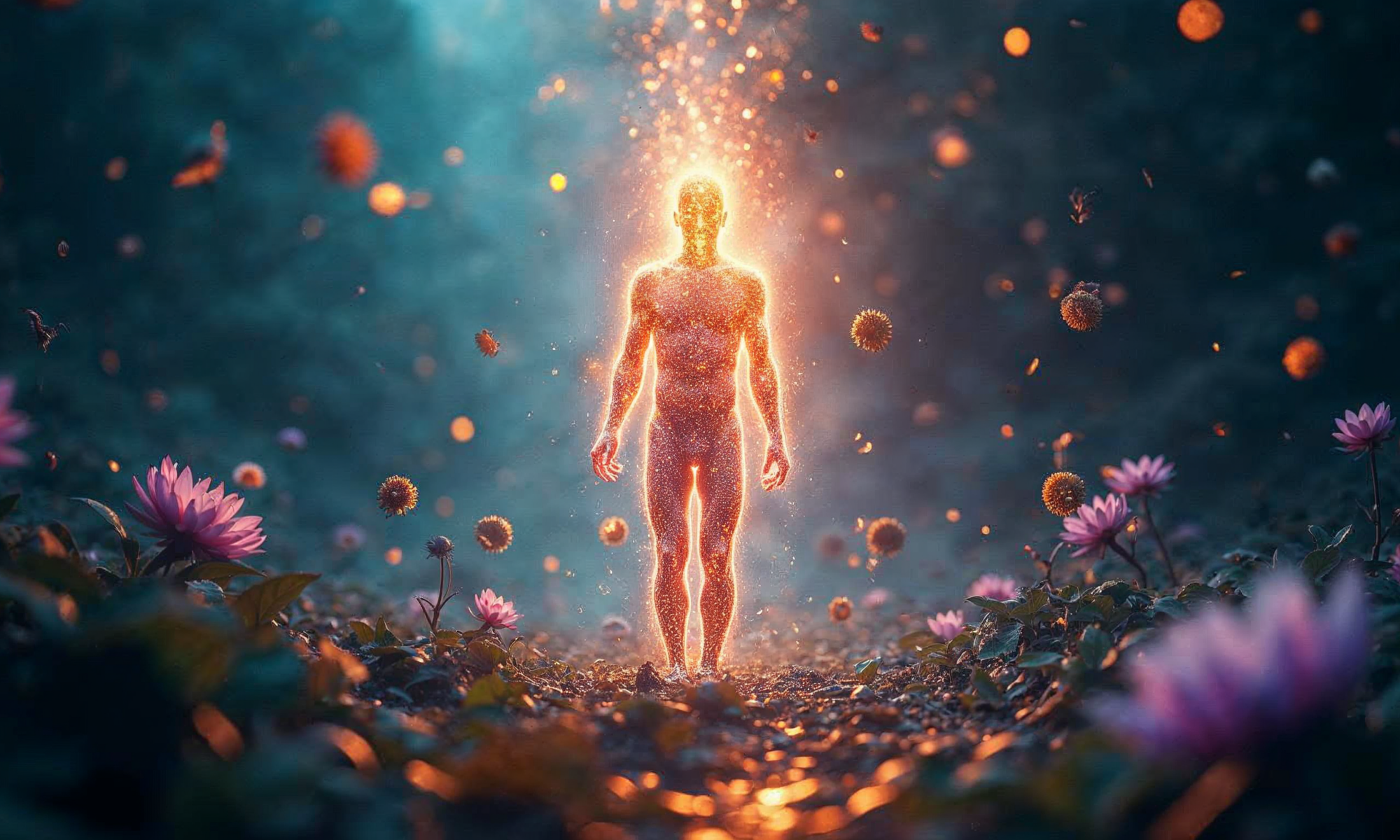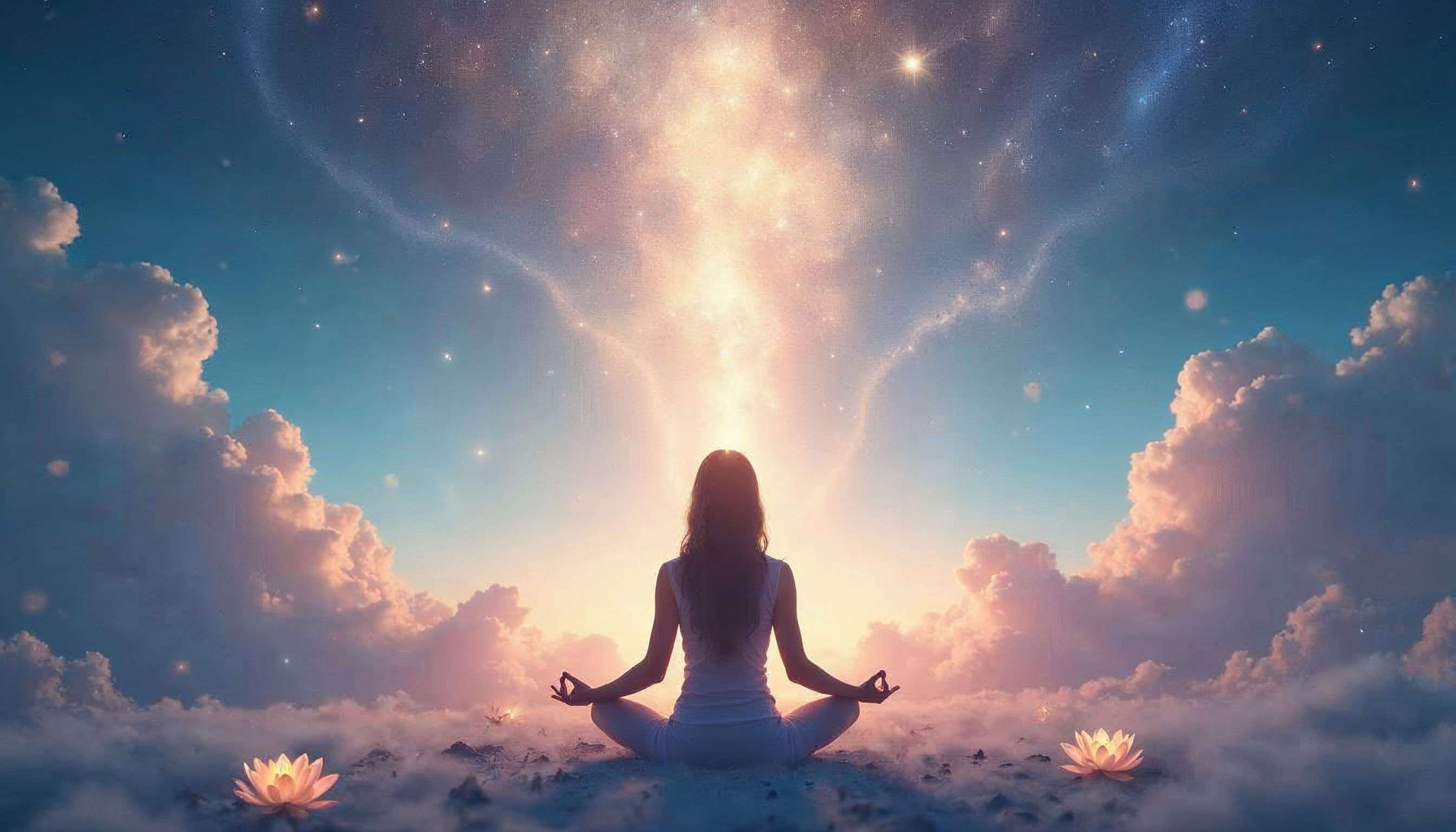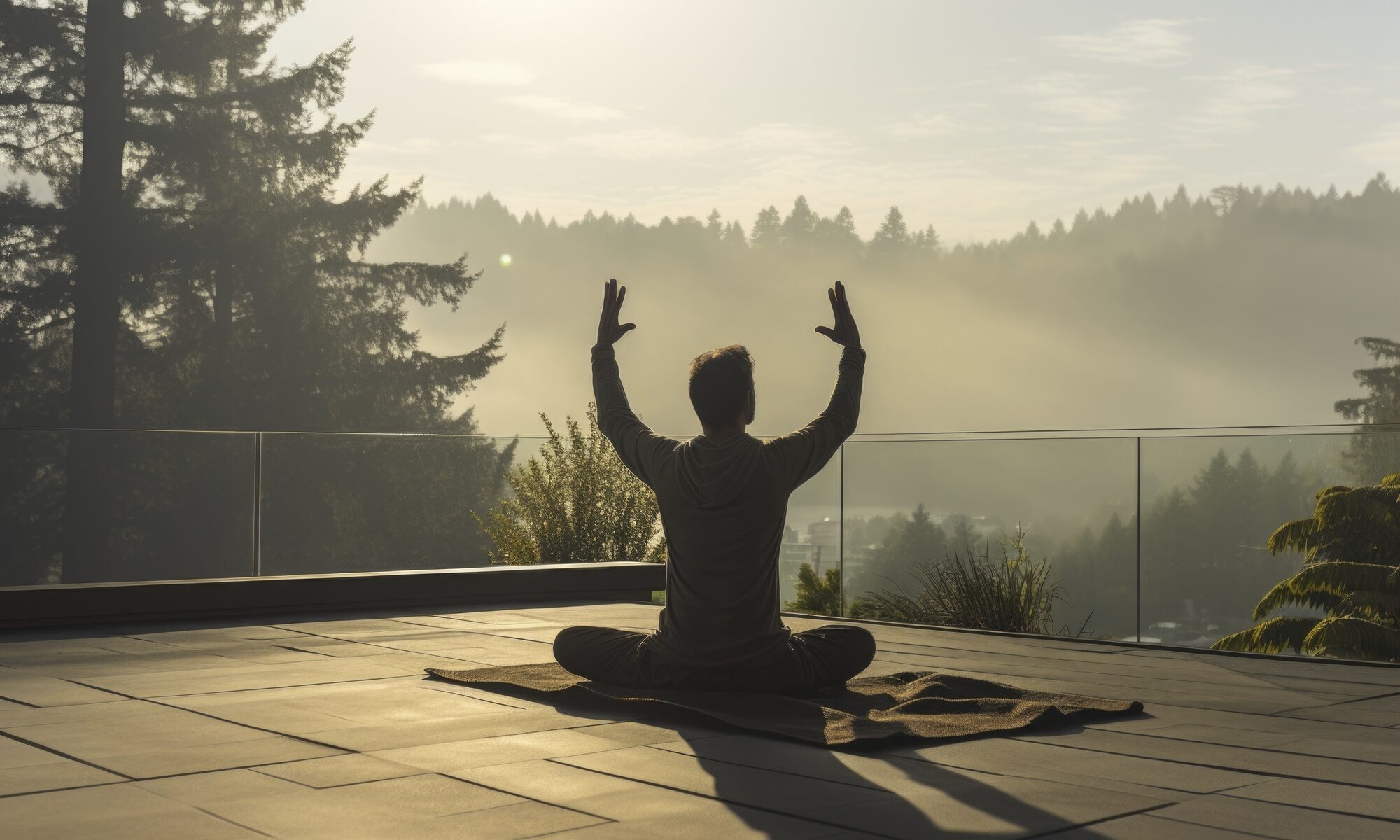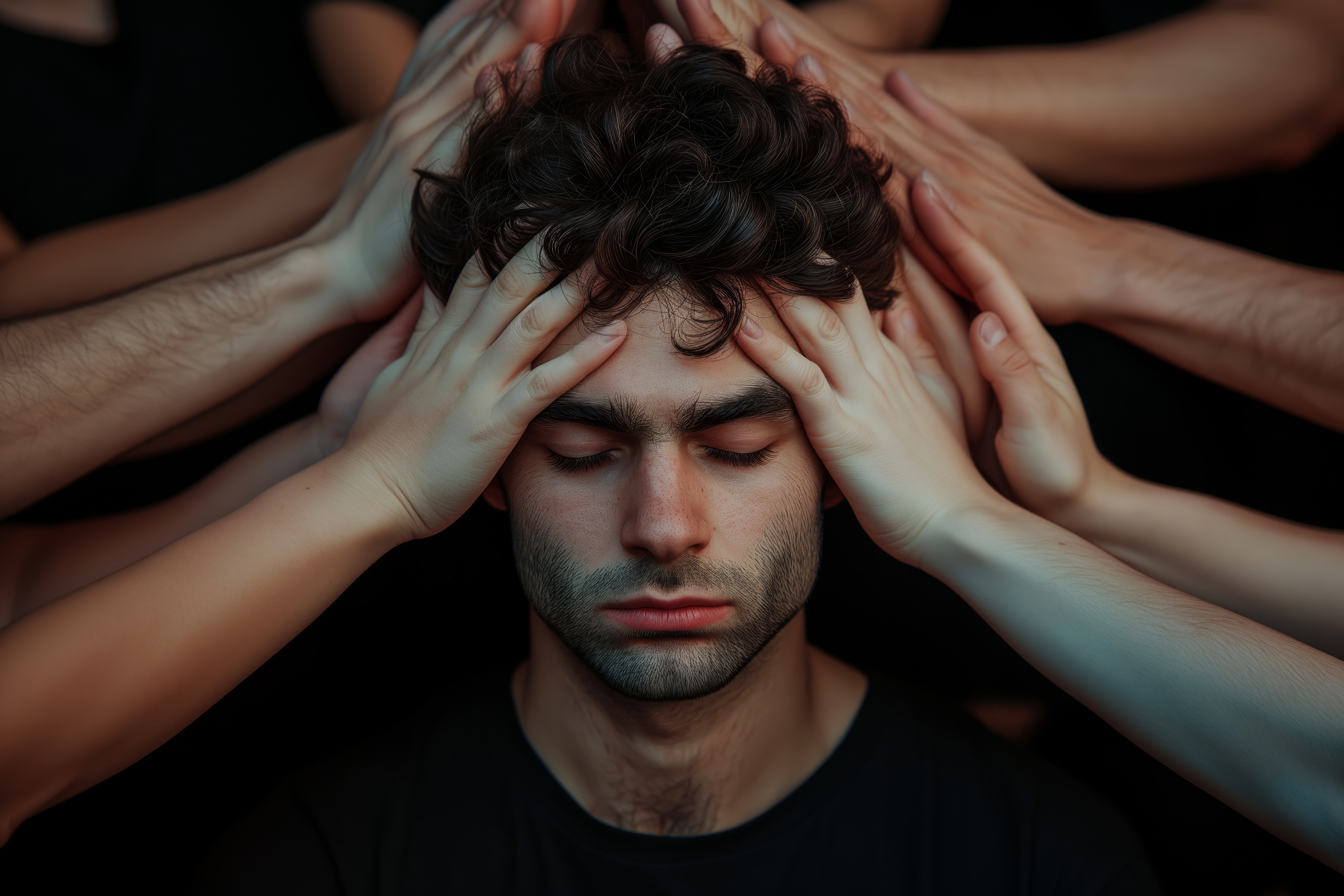In today’s whirlwind of deadlines, screens, and endless cups of coffee, keeping your immune system in top shape is more important than ever (because, let’s face it, no one has time to get sick). Sure, we’ve all heard the usual advice: eat well, sleep enough, and manage stress. But what if I told you there’s a hidden gem that can do all of that and more? Enter yoga, the superhero of wellness. Research shows that regular practice can do wonders for boosting your immune system, enhancing your overall health, and making you more resilient to life’s little (and big) challenges. When we blend cutting-edge science with the timeless wisdom of Ayurveda, we see how yoga isn’t just about flexibility and relaxation—it’s a total body reboot that helps your immune system thrive and keeps you feeling fabulous inside and out.
Scientific Research on Yoga and Immune Function
Reducing Inflammation and Stress
Chronic inflammation and high stress levels are both linked to weakened immune function and the onset of various diseases. Yoga is widely recognized for its ability to reduce stress, which in turn can lower inflammation. One study, published in Frontiers in Immunology (2018), demonstrated that practicing yoga significantly reduces markers of inflammation in the body, such as C-reactive protein (CRP). The study highlighted how consistent yoga practice can lead to improved immune system functioning by mitigating the body’s inflammatory response to stress.
Yoga and the Nervous System
Yoga influences the autonomic nervous system, helping regulate the body’s stress response. By engaging in practices like deep breathing, meditation, and mindful movement, yoga stimulates the parasympathetic nervous system (the “rest and digest” system). A study published in Psychoneuroendocrinology(2013) found that yoga practitioners have lower cortisol levels—often referred to as the “stress hormone”—which is essential for reducing stress-induced immune suppression. The reduction in cortisol, along with enhanced vagal tone, supports immune health by helping the body return to a state of balance.
Breathing Techniques and Immune Health
Breathing techniques, or pranayama, are a core component of yoga that can have a direct impact on the immune system. A review published in Journal of Clinical Psychology (2013) highlighted that controlled breathing techniques, such as those used in yoga, can reduce symptoms of anxiety and stress, which positively affect immune function. The practice of pranayama increases oxygenation, helps detoxify the body, and promotes the healthy functioning of various bodily systems, including the immune system.
Yoga’s Role in Enhancing Immune Response
A randomized controlled trial published in International Journal of Yoga (2012) found that participants who practiced yoga regularly showed a marked increase in the number of T-cells, which are critical components of the immune response. T-cells help the body fight off infections, and an increase in their activity is associated with improved immune function. The study concluded that yoga positively influences both the cellular and molecular mechanisms that govern immune response.
Improved Recovery from Illness
Research also suggests that yoga can play a role in speeding up recovery from illness. A study published in Journal of Alternative and Complementary Medicine (2013) found that yoga practices could enhance the body’s ability to recover after surgery or illness by improving circulation, reducing muscle tension, and lowering stress levels, which in turn boosts the immune system. Source: Journal of Alternative andComplementary Medicine
The Ayurvedic Perspective on Yoga and Immunity
Ayurveda, the ancient system of medicine from India, has long emphasized the importance of balancing the body’s energies to maintain good health. In Ayurveda, immunity, or Ojas, is considered the foundation of physical and mental health. A strong Ojas is associated with resilience against disease, vitality, and longevity.
Yoga is seen in Ayurveda as a powerful tool to strengthen Ojas by harmonizing the body, mind, and spirit. Through mindful breathing, meditation, and asana practice, yoga helps clear blockages in the body’s energy channels, or nadis, and balances the doshas (Vata, Pitta, and Kapha). By balancing the doshas, yoga creates a stable internal environment that supports immune health.
Vata imbalance can lead to dryness and irregularity, which weakens the immune system. Yoga poses that promote grounding and stability, such as forward bends and seated poses, can help calm Vata and restore balance.
Pitta imbalance may result in inflammation, acidity, and overheating. Cooling, restorative poses and meditation can calm Pitta and reduce inflammatory responses in the body.
Kapha imbalance can cause sluggishness and congestion. Energizing, detoxifying poses such as twists and backbends help stimulate Kapha and encourage circulation, improving immune function.
In Ayurveda, practices like Pranayama (breathing exercises) are considered essential to keeping the body’s energy flowing smoothly and preventing the accumulation of toxins (Ama), which can weaken the immune system. Yoga helps to detoxify the body, clear the mind, and support the immune system, much like Ayurvedic treatments that focus on restoring balance and removing blockages.
Yoga’s potential to strengthen the immune system is well-supported by scientific research and is deeply rooted in ancient Ayurvedic wisdom. By reducing inflammation, regulating stress, improving circulation, and enhancing immune response, yoga serves as a holistic tool for boosting immunity and supporting overall well-being. Whether you’re practicing yoga to manage stress, recover from an illness, or simply improve your health, the integration of yoga into your daily routine can provide long-term benefits for both body and mind.
Start incorporating a few minutes of yoga into your routine today to harness these immune-boosting benefits. Your body and immune system will thank you for it!
Take the first step today! If you have any questions about how to incorporate yoga into your routine to strengthen your immunity or if you’d like personalized advice, don’t hesitate to reach out. You can email us at namaste@shakti.istanbul or send a message through our Instagram account @shakti.istanbul. We’re excited to guide you on this empowering journey!

































